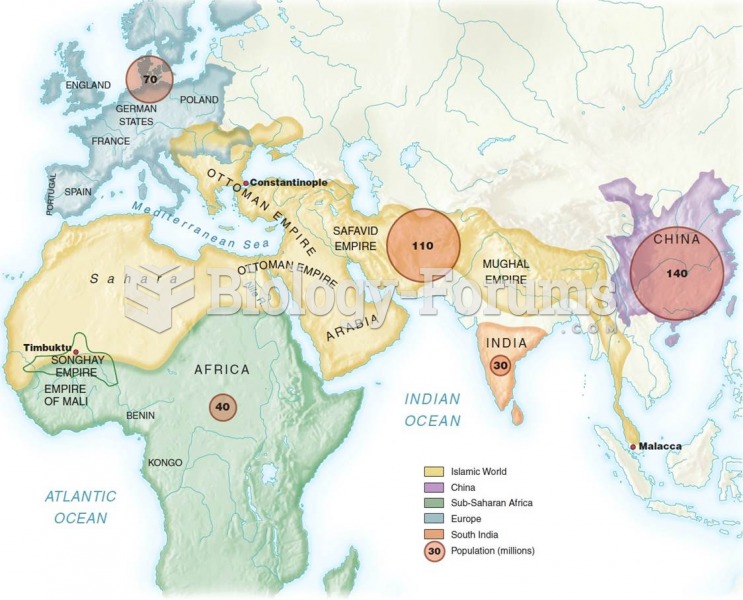This topic contains a solution. Click here to go to the answer
|
|
|
Did you know?
During pregnancy, a woman is more likely to experience bleeding gums and nosebleeds caused by hormonal changes that increase blood flow to the mouth and nose.
Did you know?
Oliver Wendell Holmes is credited with introducing the words "anesthesia" and "anesthetic" into the English language in 1846.
Did you know?
The average human gut is home to perhaps 500 to 1,000 different species of bacteria.
Did you know?
There are more sensory neurons in the tongue than in any other part of the body.
Did you know?
Automated pill dispensing systems have alarms to alert patients when the correct dosing time has arrived. Most systems work with many varieties of medications, so patients who are taking a variety of drugs can still be in control of their dose regimen.
 Details of plant population biology from repeat photography: (a) saguaro cactus in MacDougal Crater,
Details of plant population biology from repeat photography: (a) saguaro cactus in MacDougal Crater,
 Blending inheritance formed the basis of nineteenth-century critiques of evolution by natural select
Blending inheritance formed the basis of nineteenth-century critiques of evolution by natural select





